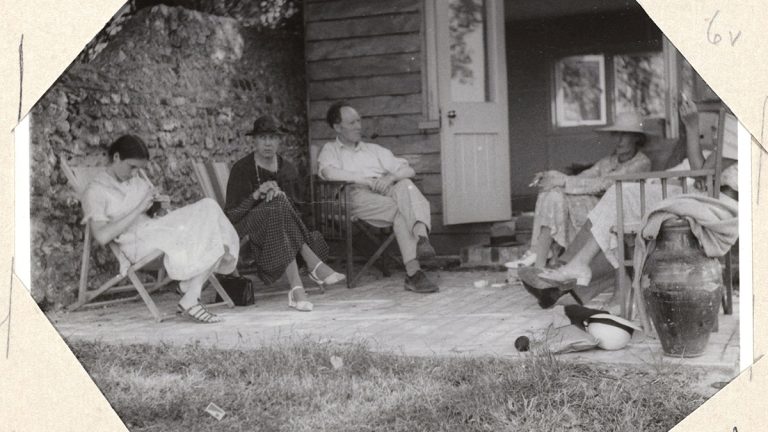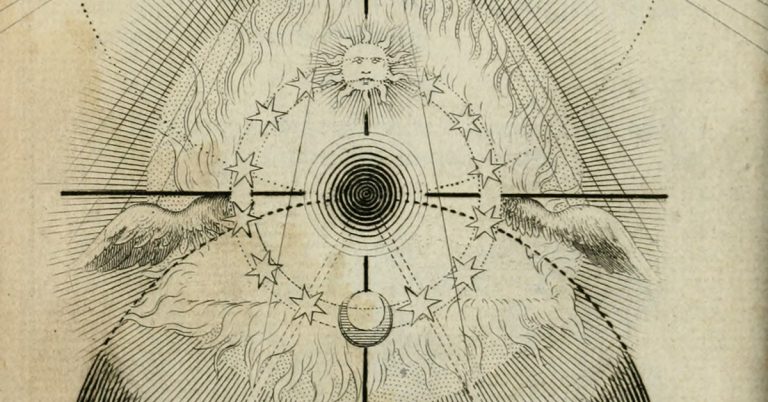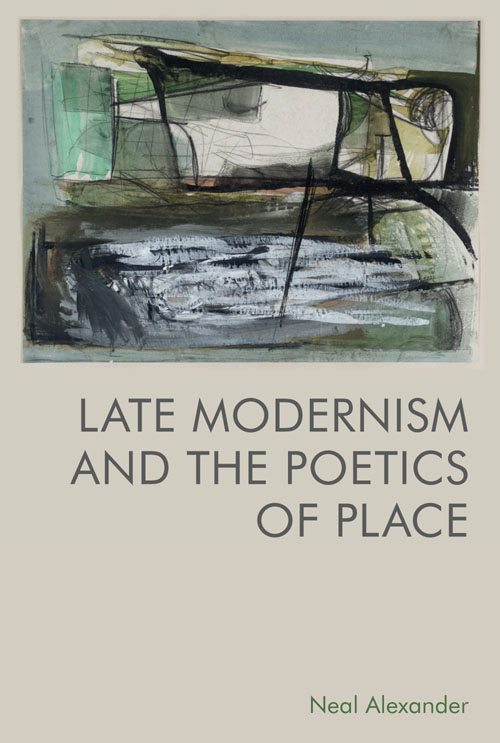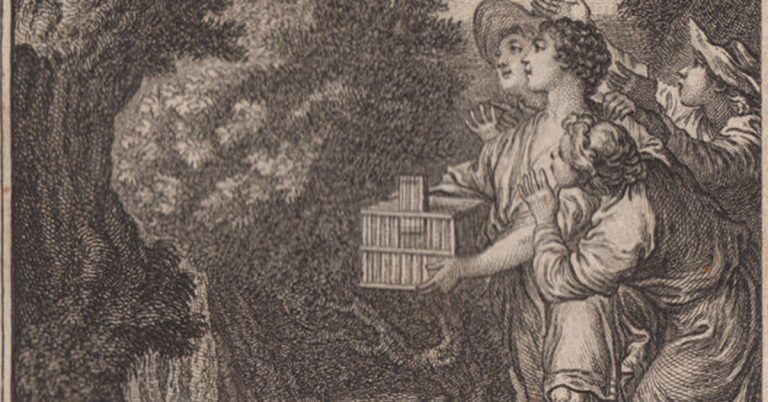
-
Ten everyday lessons
Read more: Ten everyday lessonsChantelle Gray offers a vivid tribute to Deleuze and Guattari’s radical becomings, calling for creative resistance and world-making.


Chantelle Gray offers a vivid tribute to Deleuze and Guattari’s radical becomings, calling for creative resistance and world-making.

Elin Käck discusses the role of American poets’ travels to Europe in the evolution of modern American poetry and literary history in general.

Explore how Marion Milner’s psychoanalytic reading of Mrs Dalloway reveals themes of motherhood, desire, and the transformative act of reading in modernist literature.

by A. Robert Lee In this ambitious new study A. Robert Lee tackles the question of how, and why, a given selection of English literary writings can assume the mantle of “modern.” To this end Moderns – Chaucer to Contemporary…

Reading Portrait Photographs in Proust, Kafka and Woolf studies a specific motif in modernist literature: the act of looking at portrait photographs.

by Jamie Callison Ask for a description of a mystic or a follower of mysticism, and you might be greeted with a portrait of an otherworldly recluse speaking in riddles and perhaps evincing some unusual physical symptoms like those found…

by Jeff Wallace When you’ve written something exploratory, it can take a little while to work out what it is that you’ve done. This blog about my new book Abstraction in Modernism and Modernity: Human and Inhuman is written from…

Adapting or recasting the formal experiments of their modernist forebears...Here is a brief tour of five places where modernism survived well into the second half of the twentieth century.

By Stuart Gillespie I was one of the two founding editors of this journal in 1992. Anyone involved with a publication for this long will have travelled far, and when I look back over the thirty-year lifespan of Translation and…

By Stanley Gontarski American outlier writer, William S. Burroughs, was a creative force, as a writer in his own right, and as a cultural theorist, particularly his anticipation of what we now regularly call “a society of control” or “a…